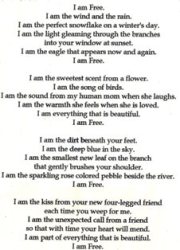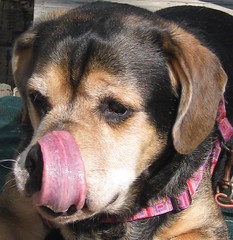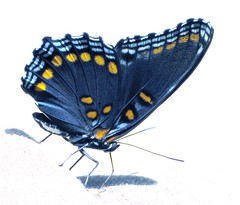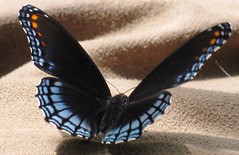
The Crying Man
“You need wood and a chisel,” Bo told me. We headed to his backyard, which is where we always went when I visited.
Bo knew better than I did about the trials I would face in my near future. He also knew a way to prevent me from going insane that summer.
I’d made a habit of visiting Bo when he wasn’t working. He was definitely one of my favorite people.
Bo was a psychiatric nurse. He had tired of the, “nine-to-fivers,” and was instead traveling the country, teaching triage nurses how to, “be nicer,” to the psychiatric patients seeking help in hospital emergency rooms. Humor was his magic in communication.
“I don’t know how to carve,” I told Bo. I didn’t and truly thought he was joking.
“Oh, but you do! You do! Let me prove it to you.”
Bo was enthusiastic about life. He lived every moment like it was the last one.
He’d created a wonderland in his backyard. There were hills and wooden bridges, an old shed with a cute little deck perched above a small, but deep round fish pond. The two short tree trunks for seats made the set up look very much like a hobbit house.
There was a sign on the front of the shed that read, “Bo Acres.” He lived on almost two acres of land in a nice older neighborhood, not too far from downtown.
“Bo Acres” was a realistic fantasy land designed to nurture good mental health.
In the center of his backyard was a piece of wood at least five feet in diameter and three feet deep. It was huge! He didn’t know what he was making for the longest time. A very large bowl perhaps? A coffee table?
“I can’t carve wood Bo,” I told him again. “I don’t even know how to use a chisel,” I added.
Bo laughed. “That’s impossible!” he declared. We walked over to the massive piece of wood. For a few minutes I watched him work. He talked about holding the chisel at an angle so that you didn’t take away large chunks of wood. I was scared of destroying that wood, but he laughed about that too.
“Ha! Miss prim and proper lady!” Bo said. He had many nicknames for me, but they all had the same feel to them, which I liked.
He handed me the chisel and mallet. “It would take you a long time to do any damage to that wood,” he said, still laughing and carrying on the way he did. It was a wonderful way that made people feel good. “Believe me, you’ll be doing me a favor with every bit of wood you take off,” he reassured me.
The first few times I brought the mallet down, I either missed the chisel altogether or hit it in a way that made nothing more than a slight scratch on the wood. Finally, Bo stood behind me, holding and guiding my hands as I held the chisel and mallet. After a few minutes, I saw a perfect thin shaving of wood peel away.
It was a good feeling. Secretly, I’ve always wished I could do something artistic with my hands. I was quite pleased with myself.
“There! You see! That’s it!” Bo said with great satisfaction. ” Now let’s get you a good chunk of wood.”
He stood in his yard with a big smile waving as I pulled out of his driveway, the same as he always did. From my rear-view mirror, I saw him still standing there waiting until I was out of sight. I saw too, the chunk of Oak lying under the rear window above the backseat in my car. I knew, on some level, that my world had changed.
Bo had helped me the only way he knew how, which was to give me something to take my mind off the terrible circumstances in my life.

MALLET
The mallet in the above image is very much like the one I used that summer.

New mallet & my first chisel.
The mallet above is a new lightweight one.
 Bo wrote my name on the chisel. Barely visible are the last few letters.
Bo wrote my name on the chisel. Barely visible are the last few letters.
The face I carved is The Crying Man. He holds a year’s worth of pain and tears. Maybe one day I’ll write that story.
Thank you for visiting Dogkisses’s Blog.
Related articles
35.759573
-79.019300



































Recent Comments